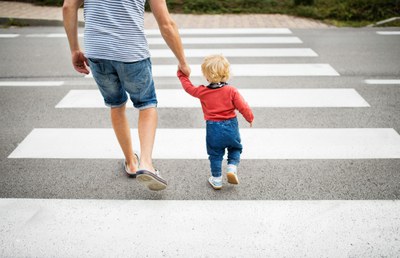Finding meaning in politics: when victims become activists (Cambridge)
Shift into Safe News
Victimization is often associated with increased political participation, and victims are influential political actors in many countries around the world. Yet, for victims, activism is costly: they tell and retell painful stories, face searing criticism and work to exhaustion — all at one of the worst moments of their lives. So why do they do it? Based on ethnographic research with Families for Safe Streets, a group of victims-turned-activists in New York City, this article advances a new explanation for victims’ participation in politics. Regina Bateson proposes that for some victims, meaning-making is an in-process benefit of activism. Regina’s inductive research suggests three ways victims find meaning in politics. First, through their activism, victims can re-conceptualize the losses and harms they have suffered as policy problems, rather than random, inexplicable events. Victims may also seek to help others by changing laws to prevent similar tragedies from recurring, and some victims see their activism as a way of fulfilling important obligations to their communities, their families and their deceased relatives.
On an October afternoon in Queens, New York, a young life was lost and a family of activists was born. Dashboard camera footage shows a small child in a crosswalk, holding her grandmother’s hand. Then suddenly, a black SUV whips into the frame. Shopping bags flail, and the grandmother falls backward as the child disappears under the vehicle, never to emerge again.
Before their daughter Allison was killed, Amy Tam-Liao and Hsi-Pei Liao were not particularly active in politics. But in the months following Allison’s death, Amy and Hsi-Pei spoke at rallies and press conferences, met with elected officials, and joined other victims of traffic violence to form a new advocacy organization, Families for Safe Streets. In collaboration with other activists, they embarked on a city- and statewide lobbying campaign, and within a year they had succeeded in lowering New York City’s default speed limit — no small feat in “a city that has long identified itself as sleepless and fast, aspiring to everything lickety-split” (Paumgarten 2014).
To read the full study, visit the Cambridge University Press website.

